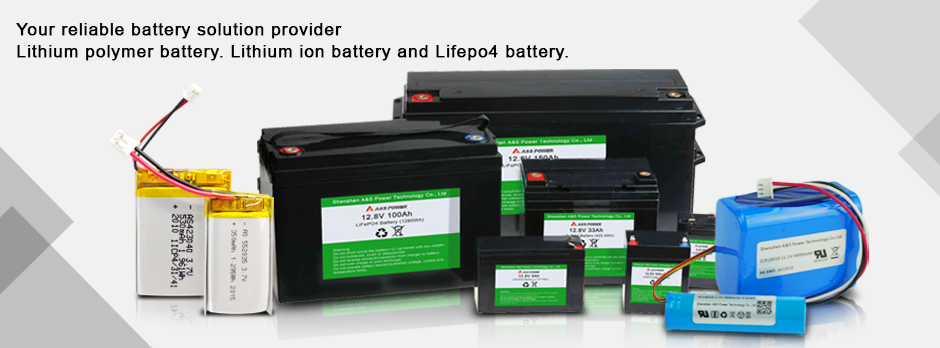The difference between lead-acid batteries and lithium batteries
2021-06-23
Speaking of lead-acid battery, we can think of the first application is electric bicycle, in fact, according to its structure and use of lead-acid battery industry divided into four categories: 1 start with 2 power with 3 solid valve control 4 small valve-control sealed this method mainly from the aspects of structure, classification, and want to give attention to both purposes, for the battery from personnel of course of understanding or have certain difficulty, if from the perspective of the pure market application classification is better understood, according to this standard, there are two types of lead-acid batteries
1、 Main power supply, including: communication equipment, industrial equipment, power control machine tools, portable equipment
2、 Standby power supply, including: emergency equipment communication base station electronic switch system application classification of the solar system, and the application of lithium ion battery has a lot of intersection, in terms of market capacity, the intersection is mainly focused on power battery, such as electric bicycles and small passenger car in the field of power battery, the main is the two technologies, so we in this area to compare the difference between lead acid battery and lithium battery representative, otherwise, the reference is unclear, comparison is almost endless
The source of all the differences is based on the different properties of materials. The anode and cathode materials of lead-acid batteries are lead oxide metal lead concentrated sulfuric acid.Lithium ion batteries have four components: the anode (lithium cobalt oxide/lithium manganese acid/lithium iron phosphate/ternary), the anode graphite diaphragm and the electrolyte,The main differences that result from this are:
1、Nominal voltage different: 2.0v single lead-acid battery, 3.6v single lithium battery
2、 Energy densities different: 30WH/KG for lead-acid batteries, 110WH/KG for lithium batteries
3、The cycle life is not the same, lead acid battery average 300-500 times, lithium battery up to more than 1000 times, from the lithium electric bicycle two mainstream technology routes, lithium ion battery and lithium iron phosphate battery is also quite different, lithium ion ion battery discharge life 1000 times, lithium iron phosphate battery life can reach 2000 times
4、 Charging method: lithium battery adopts the method of limiting voltage and current, that is, a limiting threshold is given to both current and voltage, while lead-acid battery has more charging methods, the main ones are: constant current charging method, constant voltage charging method, phase and other current charging method and floating charging, which cannot be described one by one.
The above is based on the difference in working principles and performance characteristics of the two different, in addition, there are two other factors affecting the promotion of the two: safety and cost, can be called market factors. Different from lithium battery, lead-acid battery dominates the market
1、Safety: lead-acid battery large current discharge is not easy to accident, because it has high sealing, even if the accident (such as leakage), it is negative and lead acid electrolyte not flammable and electrolyte of lithium ion battery is ester solution, inflammable and volatile working principle of the lithium battery is lithium ion through the diaphragm between the positive and negative embedded/embedded, large current through forming a lithium dendrite, the two factors are the root of the lithium battery combustion and explosion。
2、Cost: lead-acid battery materials and work requirements are much lower, in the case of electric bicycles, lithium tram battery alone may be the value of lead-acid battery assembly of the entire electric vehicle。
Lead-acid and lithium batteries are both in use in the market for electric bicycles and small family cars because of their comparative advantages in terms of electrical performance and convenience, while lead-acid batteries have safety and cost advantages. The same is true for other applications.












